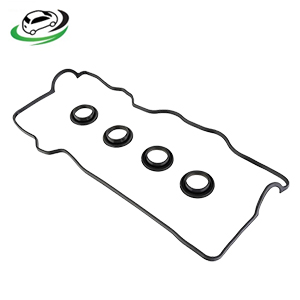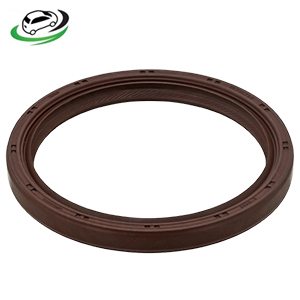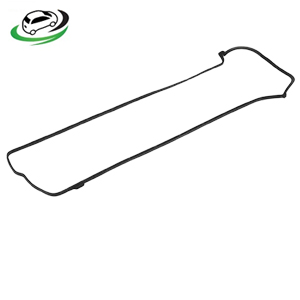Get Genuine Gasket Cover For Toyota 1G-FE / 1GFE Engines 11213-70040 in Kenya
The cylinder head cover gasket, also known simply as the valve cover gasket, is a critical component in an internal combustion engine. It serves the primary purpose of sealing the joint between the cylinder head and the valve cover, preventing oil leaks and ensuring the engine operates efficiently. Understanding its function, materials, design considerations, common issues, replacement process, and maintenance is crucial for maintaining engine performance and longevity.
Function and Importance
The cylinder head cover gasket is positioned between the cylinder head and the valve cover, which houses components like the camshafts, valves, and timing mechanisms. Its primary functions include:
- Sealing: The gasket prevents engine oil from leaking out of the valve cover. Oil leaks can lead to reduced lubrication of critical engine components, potentially causing premature wear and engine damage.
- Heat and Pressure Resistance: It must withstand high temperatures and pressures generated within the engine during operation without deforming or leaking.
- Preventing Contaminants: By sealing the gap between the cylinder head and valve cover, the gasket helps keep dirt, dust, and other contaminants out of the engine, ensuring clean operation of internal components.
Materials and Design
Gasket materials vary based on engine design and requirements but commonly include:
- Rubber: Offers flexibility and good sealing properties. It can handle a wide range of temperatures and pressures.
- Silicone: Known for its excellent heat resistance and durability. Silicone gaskets are often used in high-performance engines.
- Cork: Provides good sealing properties and resistance to oil. However, it tends to deteriorate faster than rubber or silicone.
Gaskets may also be composed of composite materials or combinations of rubber, metal, and other compounds to enhance sealing effectiveness and durability.
Common Issues
Over time, cylinder head cover gaskets can develop issues due to wear, heat exposure, or improper installation:
- Oil Leaks: The most common issue is oil leaking from the valve cover gasket, typically noticeable as oil spots or puddles under the vehicle. This can be caused by gasket deterioration, improper torque during installation, or a warped valve cover.
- Gasket Deterioration: Rubber or silicone gaskets can degrade over time due to exposure to high temperatures and constant pressure changes, leading to loss of sealing effectiveness.
- Compression Leaks: If the gasket fails, it can result in compression leaks between the cylinder head and valve cover, affecting engine performance and potentially causing misfires.
- Contaminant Ingress: A compromised gasket can allow dirt, debris, or moisture to enter the engine, potentially leading to accelerated wear of internal components.
Replacement and Maintenance
Replacing the cylinder head cover gasket is a critical maintenance task that should be performed based on the manufacturer’s recommended intervals or if symptoms of gasket failure are observed:
- Preparation: Ensure the engine is cool before starting work. Disconnect the battery to prevent accidental starts.
- Access and Removal: Remove any components obstructing access to the valve cover. Depending on the vehicle, this may include air intake components, ignition coils, or spark plug wires.
- Valve Cover Removal: Carefully unbolt the valve cover, taking note of the sequence and torque specifications provided by the manufacturer.
- Gasket Inspection: Inspect the old gasket for signs of damage, wear, or compression. Check the valve cover for warping or damage that may prevent a proper seal.
- Installation: Place the new gasket onto the valve cover, ensuring it is properly aligned. Some gaskets may require the use of gasket sealant at specific points, as recommended by the manufacturer.
- Reassembly: Carefully reinstall the valve cover, tightening bolts evenly and sequentially to the manufacturer’s torque specifications to ensure a uniform seal.
- Testing: After reassembly, start the engine and check for leaks. Monitor the engine for any signs of abnormal noise or performance issues that may indicate an improper seal.
Follow us on Facebook for more parts.



